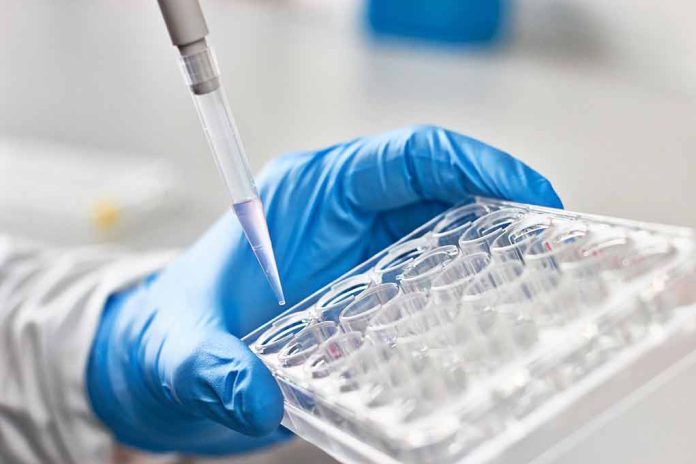
The medical world is abuzz with a debate that’s got more twists than a pretzel factory. We’re diving into the world of cancer screenings, where billions of dollars are spent annually in the name of early detection. But is it all worth it, or are we just throwing money at the problem like a desperate gambler at a Vegas slot machine? Let’s cut through the medical jargon and get to the heart of this controversy that affects every American’s health and wallet.
The Billion-Dollar Question
Cancer screening in the United States is big business, with a price tag that would make even Jeff Bezos do a double-take. According to a recent study published in the Annals of Internal Medicine, the U.S. shells out a whopping $43 billion each year on screenings for five major cancers: breast, cervical, colorectal, lung, and prostate.
“The United States spent $43 billion annually on screening to prevent five cancers, according to one of the most comprehensive estimates of medically recommended cancer testing ever produced.” – The Annals of Internal Medicine
This astronomical figure represents a significant chunk of the over $250 billion spent annually on cancer care in the country. With more than 88% of these screening costs covered by private insurance and the remainder primarily funded by government programs, it’s clear that cancer screening is a major player in our healthcare system.
The Case for Screening
Proponents of extensive cancer screening argue that early detection is the key to saving lives. The American Cancer Society, a heavyweight in the fight against cancer, stands firmly in this camp.
“We are talking about people’s lives. Early detection allows a better chance of survival. Full stop. It’s the right thing to do for individuals.” – Karen E. Knudsen, chief executive of the American Cancer Society
This perspective emphasizes the potential life-saving benefits of catching cancer in its early stages when treatment is often more effective and less invasive. Supporters argue that the cost of screening pales in comparison to the human and financial toll of late-stage cancer diagnoses.
The Skeptics’ Stance
However, not everyone in the medical community is convinced that more screening is always better. Some researchers argue that cancer screening is overused in the United States, pointing to a weak correlation between early detection and improved cancer survival rates.
Critics contend that widespread screening can lead to overdiagnosis and overtreatment, potentially causing unnecessary anxiety, physical harm, and financial burden to patients. They argue for a more nuanced approach to cancer screening, taking into account individual risk factors and the potential drawbacks of testing.
The Bottom Line
As with many complex issues in healthcare, the truth likely lies somewhere in the middle. While early detection undoubtedly saves lives in many cases, the challenge lies in striking the right balance between comprehensive screening and avoiding unnecessary tests and treatments.
As this debate continues to unfold, it’s crucial for patients to have informed discussions with their healthcare providers about the benefits and risks of cancer screening based on their individual circumstances. After all, when it comes to our health, one size doesn’t fit all – and that’s a fact that both sides of this controversy can agree on.














